All products featured are independently chosen by us. However, SoundGuys may receive a commission on orders placed through its retail links. See our ethics statement.
Best SteelSeries gaming headsets
March 20, 2025






Take SoundGuys’ quiz to find your best fit
While SteelSeries has produced some of the most reliably good gaming headsets on the market for years, some aspects, like its Arctis line, can be rather confusing with nuanced features. But don’t fret! We’ve untangled the web for you. In this definitive guide, we’ll spotlight the best SteelSeries headsets, breaking down their unique advantages to make your decision a breeze. Ready to amp up your gaming experience? Let’s dive in.
The SteelSeries Arctis Nova Pro is the best headset for most people
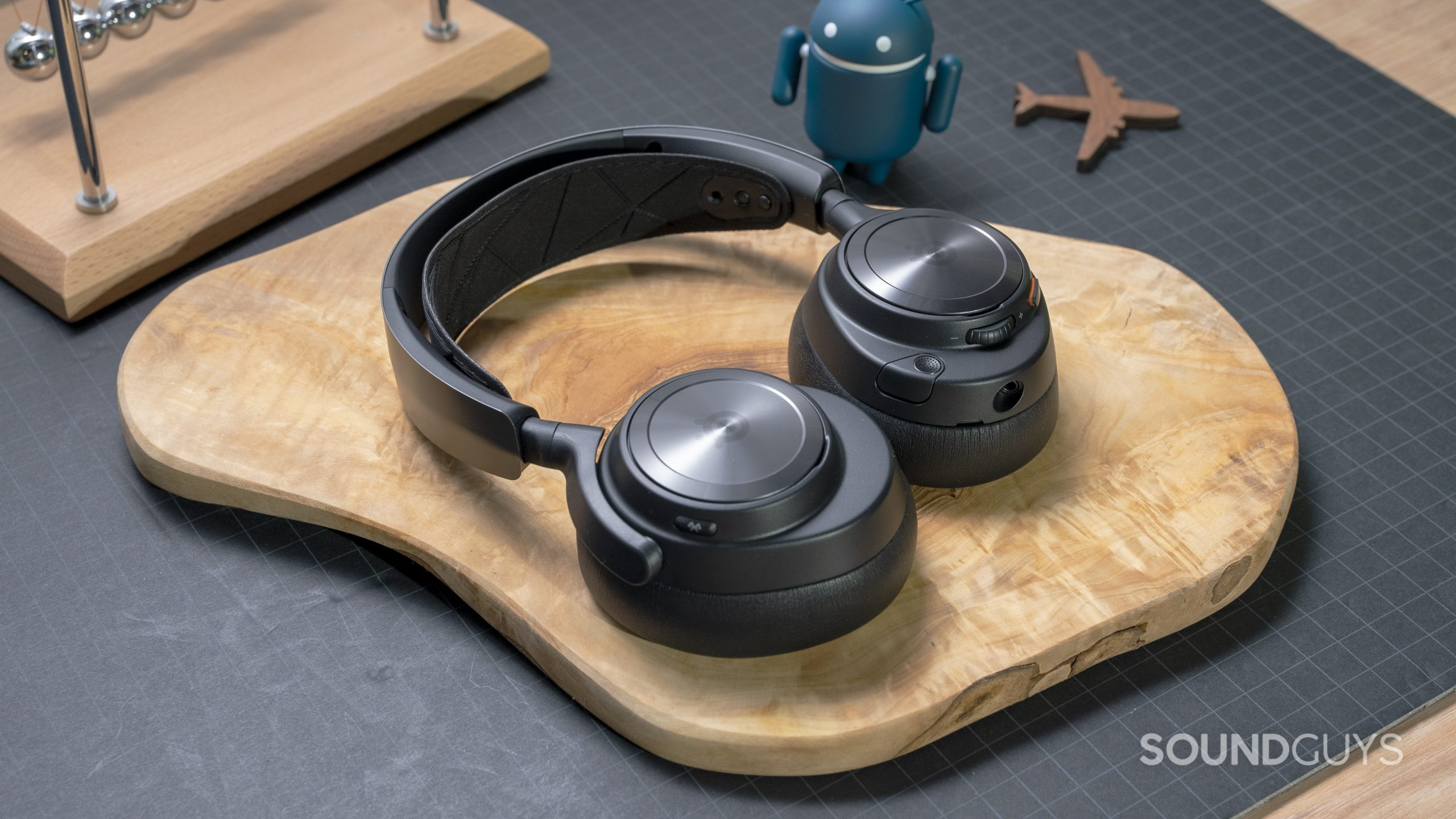
The SteelSeries Arctis Nova Pro Wireless is more than just a gaming headset; it’s an all-in-one solution for gamers, professionals, and casual listeners. Engineered for comfort and performance, the headset boasts a unique hot-swappable battery system—each lasting up to 22 hours—allowing uninterrupted use. One of the best parts is its wireless base station. Outfitted with dual USB-C connectors, an OLED display, and a 10-band EQ, the base station makes multi-device management a breeze.
Durability meets innovation with the headset’s blend of metal and plastic, accompanied by faux leather ear pads. Sound quality is top-notch, thanks to a frequency response curve that’s close to ideal for gaming and music alike. On-the-fly adjustments are simple, with controls on both ear cups and the wireless base station. One downside is that SteelSeries does double-dip, and buyers will have to choose between PlayStation or Xbox support as the headset doesn’t support both gaming consoles. However, if you only have one console, that won’t be a problem. Overall, its feature-packed design, comfort, and impressive active noise canceling make it an excellent choice for any high-fidelity audio enthusiast.
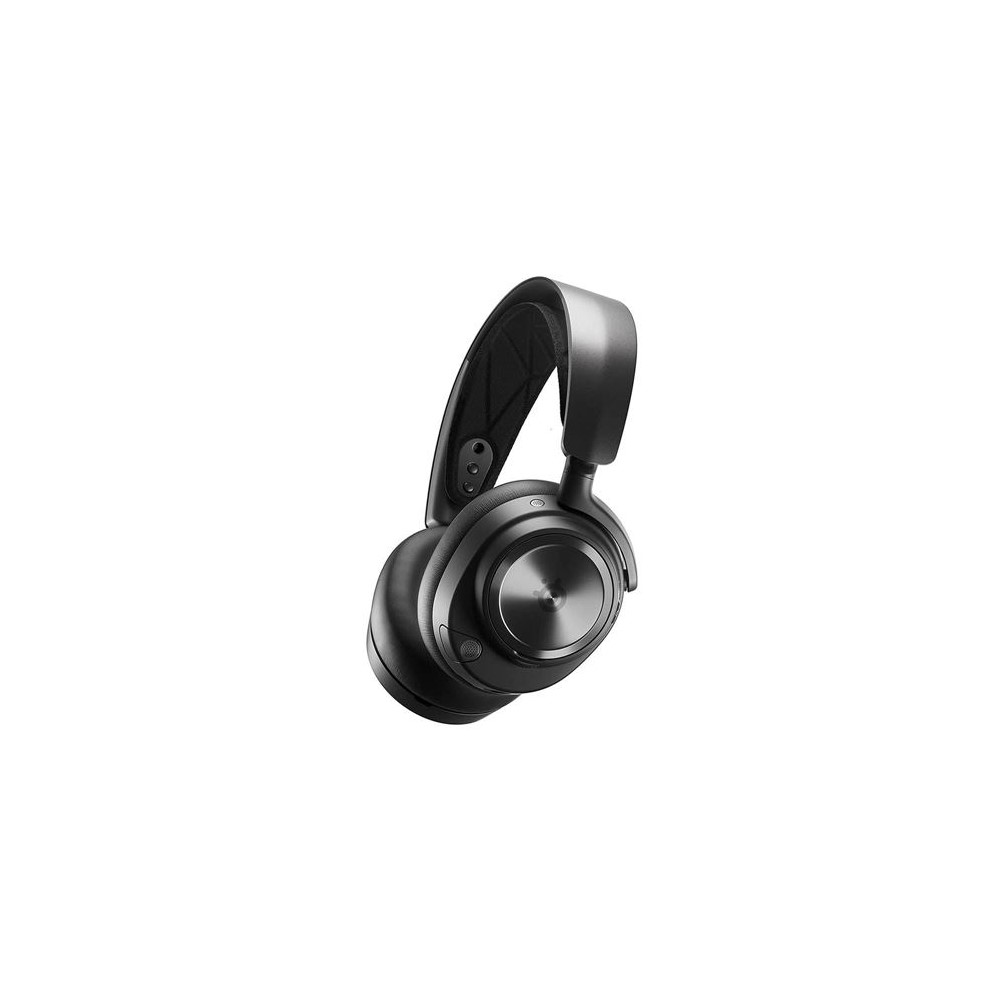

If you don’t care for any kind of wireless connectivity, you could get virtually the same experience from the cheaper SteelSeries Arctis Nova Pro.
The SteelSeries Arctis Nova 7 Wireless is a good value option
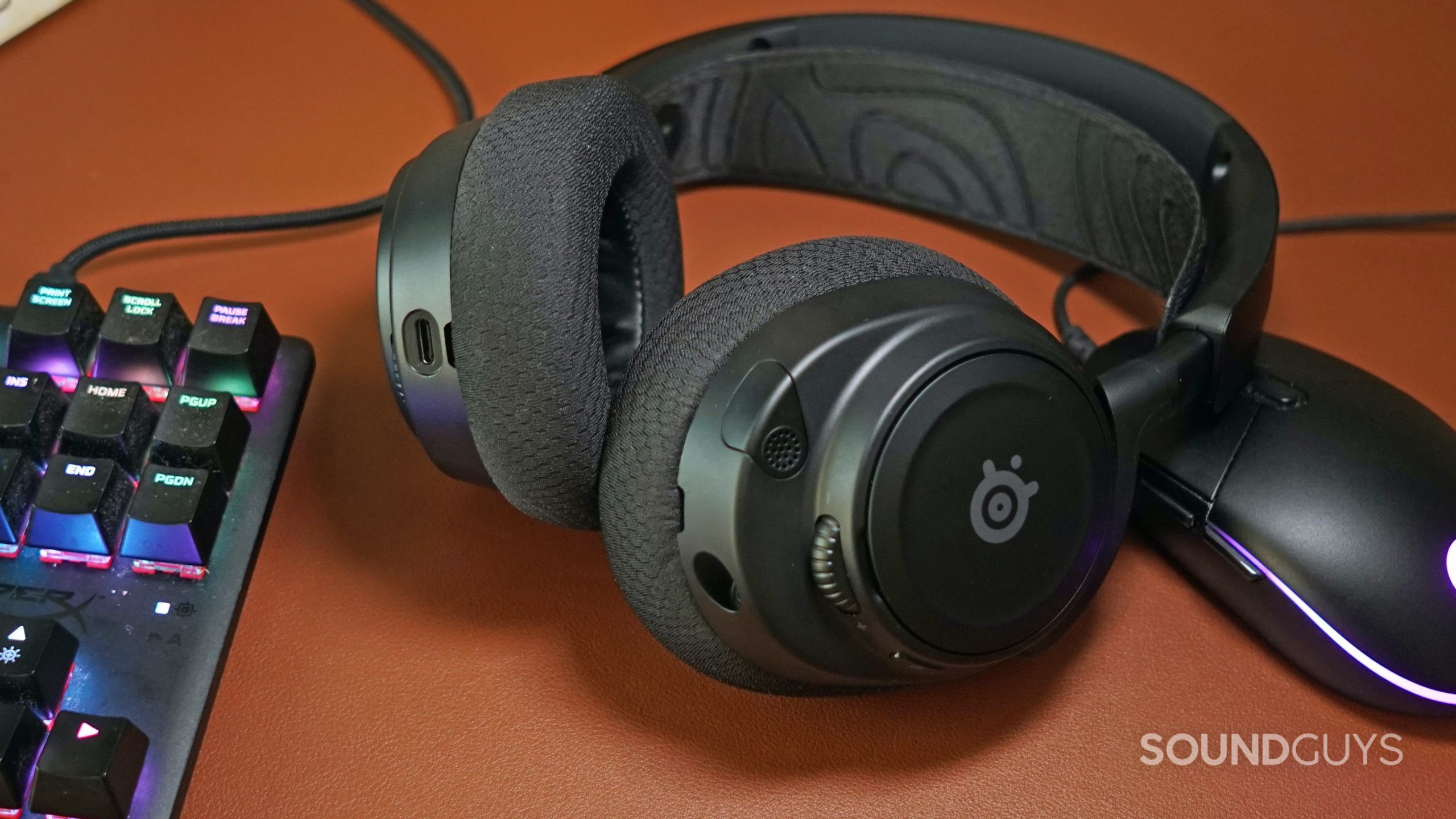
The SteelSeries Arctis Nova 7 Wireless stands out as a comfortable, cross-platform compatible headset with an impressive battery life of 41 hours. Boasting a semi-elastic suspension strap, airweave fabric ear pads, and quick charging, the Arctis Nova 7 creates an appealing package for gamers and remote workers alike. The intuitive control scheme on each earcup allows for quick adjustments without breaking your immersion, while SteelSeries’ newest software, GG, offers plenty of customization options.
While the headset excels in comfort and usability, it struggles with a somewhat peculiar sound profile. Yet, it offers enough audio tweaking options via the SteelSeries Sonar app to customize your listening experience. Its fast charging feature also gives it some edge. On the downside, the lack of Active Noise Canceling (ANC) means it’s not the best for noisy environments. All in all, if you’re seeking an all-rounder for a reasonable price that prioritizes comfort and offers multiple connectivity options, including USB-C, Bluetooth 5.0, and 3.5mm, this is a strong contender. Just be prepared to fiddle with audio settings to get the most out of it.


SteelSeries Arctis Nova 5X: Best midrange multi-platform gaming headset

The SteelSeries Arctis Nova 5X stands out as our top midrange pick for gamers who refuse to be limited to a single platform. This versatile headset solves one of gaming’s most persistent problems with an ingenious USB-C dongle featuring a simple toggle switch that transitions between Xbox compatibility and “everything else” – making it truly universal across Xbox, PlayStation, Switch, PC, and even mobile devices.
What truly elevates the Arctis Nova 5X is its impressive blend of comfort and audio customization. The breathable fabric ear pads and adjustable suspension band make marathon gaming sessions a breeze, while the companion app offers over 100 game-specific EQ presets created with developer input. With exceptional battery life (over 42 hours of continuous play), fast charging capabilities, and a retractable microphone that delivers clear communication even in noisy environments, the Nova 5X delivers tremendous value at its $129 price point. For gamers seeking a midrange headset that delivers excellent versatility without compromising on quality, the Arctis Nova 5X offers remarkable value at its price point.

For $100, the SteelSeries Arctis Nova 3 is hard to beat

Another great multi-purpose headset is the SteelSeries Arctis Nova 3. Priced at $99, this wired headset is a PC gamer’s best buddy, but it won’t hesitate to be friends with other platforms. It shines with its feature-packed SteelSeries GG software, notably the Sonar options, allowing you to tweak your auditory experience. Pair that with a stellar, retractable microphone and multiple connectivity options (USB-C and 3.5mm), and you’re holding an all-in-one solution for immersive gameplay and clear communication.
While the headset does have a couple of minor hiccups—like a default sound profile struggling with treble and a finicky headband adjustment—they are outweighed by its strengths. This is a unit that delivers high-quality sound customization, versatile connectivity, and comfort—all crucial for long gaming sessions. Specifically designed for those who game mostly on PC but want the flexibility to switch platforms, the Arctis Nova 3 proves that quality and versatility don’t always come with a hefty price tag. And if Discord is your second home, the microphone quality on this headset is something you’ll rave about. So, is the SteelSeries Arctis Nova 3 worth it? Absolutely, especially if you’re looking to level up your PC gaming setup without emptying your wallet.

The SteelSeries Arctis Nova 1 is the best bang for your buck
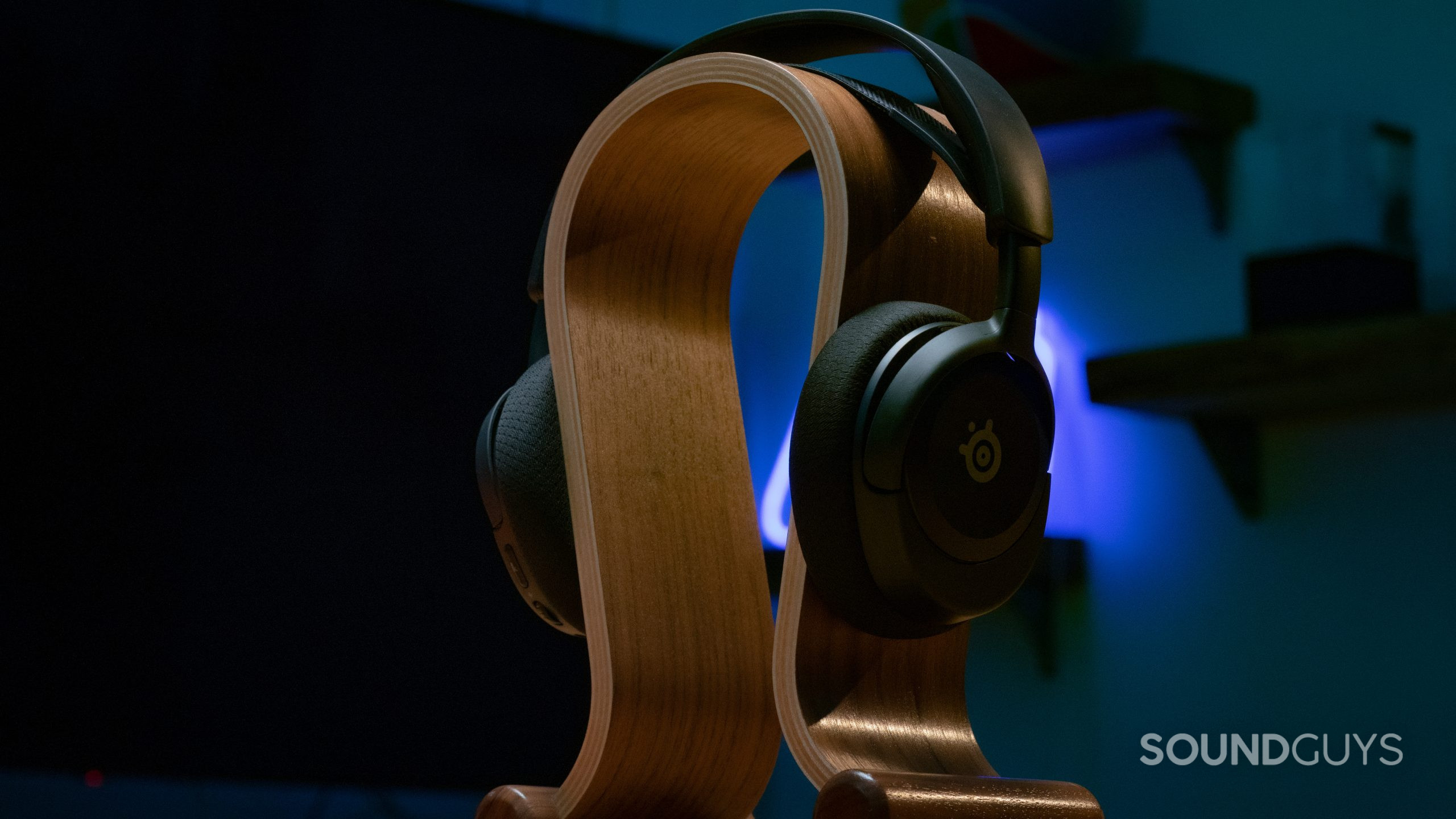
The SteelSeries Arctis Nova 1 presents a value proposition that’s hard to ignore. Priced at just $59.99, it targets gamers who crave comfort without the frills. The headset boasts AirWeave memory foam ear pads and a stretchy, adjustable headband—features typically found in higher-end models like the Arctis Nova Pro Wireless. Its minimalistic design, replete with a retractable microphone, offers dual appeal: it’s both home-friendly and travel-ready. A detachable 3.5mm jack ensures compatibility with a plethora of devices, including PS5, Xbox Series S/X, and even the PlayStation Vita.
In sum, the SteelSeries Arctis Nova 1 is a standout choice for budget-conscious gamers who don’t want to compromise on comfort or build quality. Its sound performance is more than decent for its price range, although it lacks advanced features like active noise canceling. The retractable mic and wide device compatibility make it a versatile pick. While it won’t win any awards for flashiness, it’s a workhorse that focuses on the essentials and nails them. So, if you’re in the market for a headset that’s as unobtrusive as it is effective, the Arctis Nova 1 should be on your shortlist.

The best SteelSeries headsets: Notable mentions

- SteelSeries Arctis 7+ ($149 at Amazon): The SteelSeries Arctis 7+ Wireless makes some big improvements in less flashy areas while maintaining the parts of the original Arctis 7 design that already work really well. You can connect the Arctis 7+ Wireless to pretty much any device, and the result is a real workhorse of a gaming headset.
- SteelSeries Arctis 7P ($175 at Amazon): It feels a little lean right now, but the SteelSeries Arctis 7P still offers solid fundamentals and great platform to one day experience the PlayStation 5’s audio bells and whistles.
- SteelSeries Arctis 9 ($158 at Amazon): The SteelSeries Arctis 9 is a well-made headset you can wear for hours without issue, and it works on a bunch of platforms.
- SteelSeries Arctis 1 ($64 at Amazon): The SteelSeries Arctis 1 Wireless is great for Nintendo Switch Gamers waiting desperately for a decent wireless audio solution or just looking for a good wireless headset that works with most devices.
- SteelSeries Arctis Prime ($65 at Amazon): The SteelSeries Arctis Prime doesn’t reinvent the wheel, instead opting to bring the frame of more expensive gaming headsets to a cheaper price. It doesn’t offer any substantial bells and whistles, but it’s still a compelling option in the sea of gaming headsets.
What should you know before buying a SteelSeries gaming headset?
Before you go out and buy the first gaming headset that catches your eye, figure out what kind of headset you need. Are you a console gamer or a PC gamer? Is playing with friends a big part of your gaming experience? These are the kinds of questions to think about because the answers will likely influence what you buy. If you play on an Xbox, you may find a wireless gaming headset is the right move for your living room setup. In that case, you’re going to want something built for Xbox because the vast majority of wireless gaming headsets don’t work with Xbox.
If you’re a PC gamer, having a wired or wireless connection might not matter as much, but something with a software companion app could be pretty attractive. On consoles like PlayStation, those apps don’t work, so simpler options are more enticing.
What does the SteelSeries GG app do?

If you’re a PC gamer looking to buy a SteelSeries headset, you should install SteelSeries GG. This is the company’s newest gaming software, and it’s a one-stop shop. Here, you can manage your computer’s audio inputs and outputs, update your SteelSeries peripheral firmware (the company makes more than headsets, after all), and customize your gaming headset’s audio output.
SteelSeries GG has two audio feature suites: Sonar and Engine. SteelSeries Engine is the older version of SteelSeries’ software. The company rolled SteelSeries Engine into SteelSeries GG, so older gaming headsets are still supported. It’s fairly rudimentary, with a basic EQ function and maybe some toggles for things like spatial audio and mic monitoring.
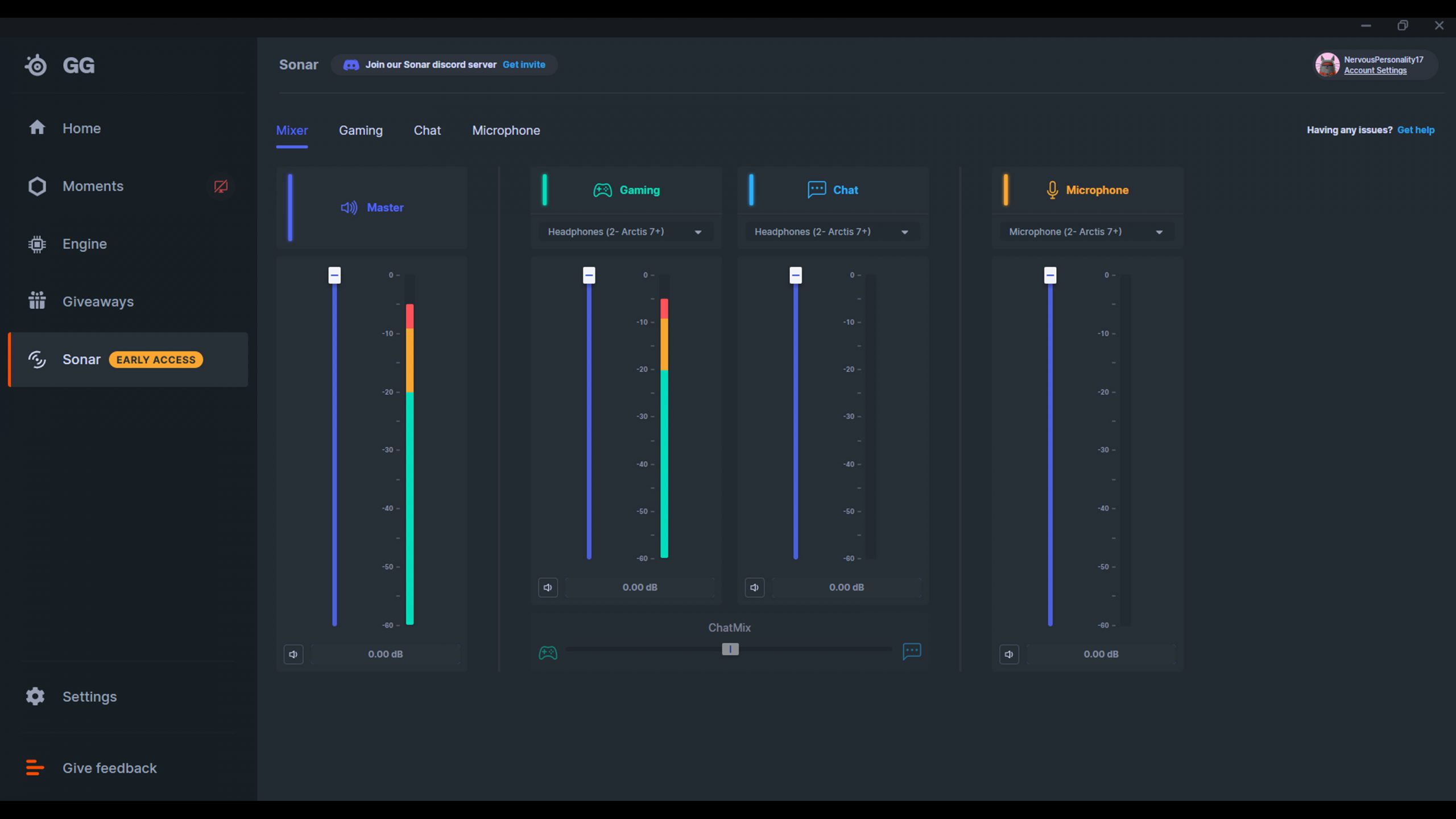
SteelSeries Sonar is much more comprehensive. The included EQ function has much more room for granular adjustments, and there are toggles for audio features like noise reduction, bass boost, treble boost, and more. There are also EQ options for the microphone and your headset’s chat channel if you’ve bought something with game/chat mixing. You can dive deep with the built-in channel mixer to manage your different inputs and outputs. Oh, and it’s universal—if you have a SteelSeries headset and separate microphone, you can run it all through Sonar.
Basically, if you’re on PC, you’ll want something that uses Sonar. Luckily, pretty much everything SteelSeries has recently released supports the app.
The SteelSeries headsets that don’t have numbers are all over the price spectrum
While SteelSeries’ audio product line is blessedly simple, there are still some outliers in the Arctis ecosystem. A handful of products don’t follow the typical numbered naming scheme, and they range from the company’s very cheapest to most expensive products.
The SteelSeries Tusq is the company’s only earbuds
Okay, this one isn’t technically an Arctis product, but so what? Do you expect me to make an entire section just for a $40 pair of earbuds? The SteelSeries Tusq is unique among the company’s products because it’s a wired pair of earbuds with a boom microphone. The microphone is detachable, so you don’t have to be too concerned about looking conspicuous while gaming on the go. Sure, It may look a little ridiculous, but if you hate the feeling of over-ear headphones and still want decent call quality, the Tusq could be just the thing.
The SteelSeries Arctis Prime is barebones but brings higher-end tuning
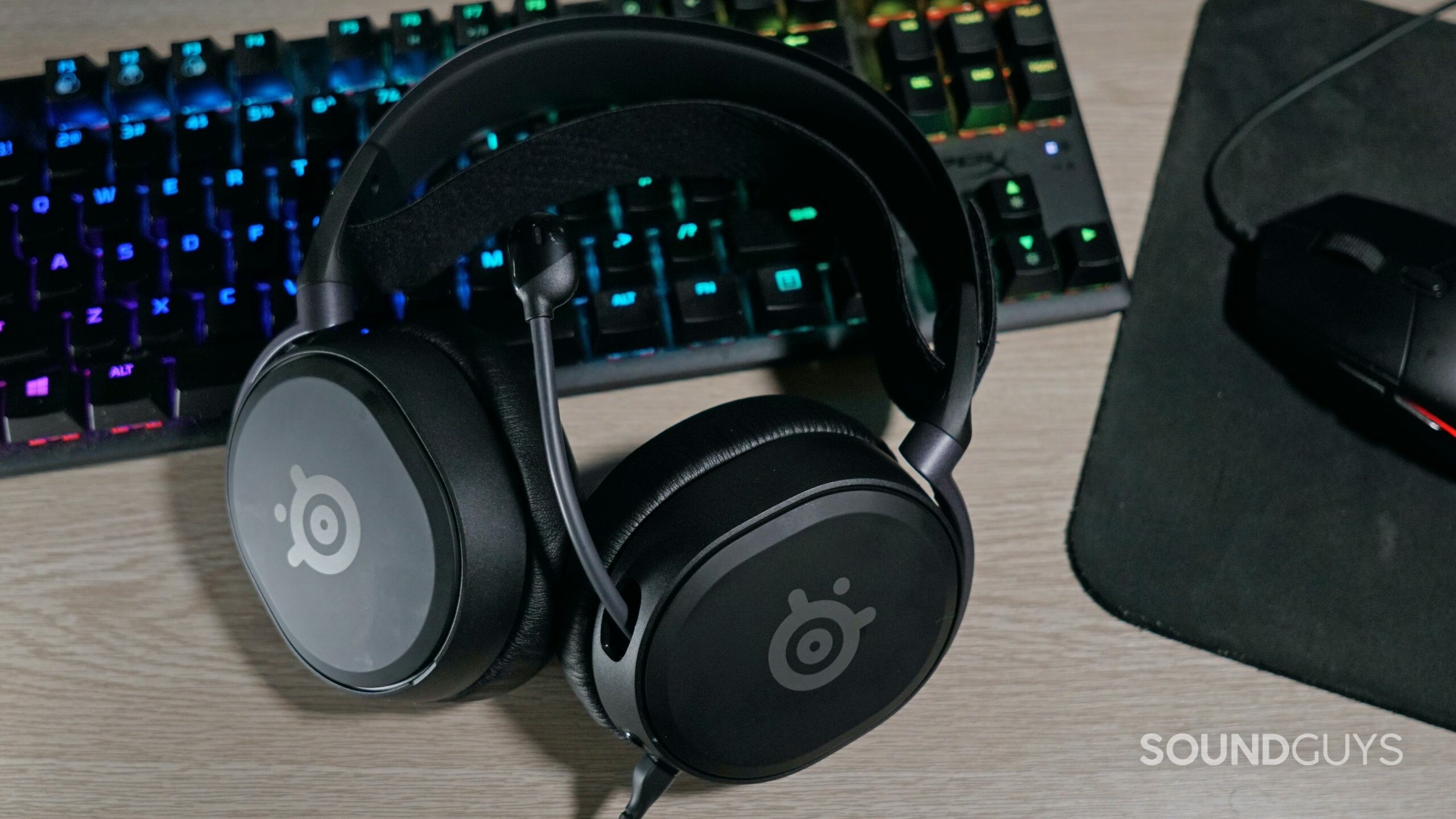
This is a pretty odd entry in SteelSeries’ product line. On paper, the Arctis Prime has more common with the Arctis 1 and Arctis 3, but it’s priced closer to the Arctis 5. This is a wired gaming headset that connects over 3.5mm. You get a mic and frame like the higher-end Arctis headsets but no additional features for $99 USD. Basically, if having the exact same sound profile but none of the features of a high-end gaming headset is an attractive idea, this could be interesting.

The best SteelSeries headsets: Frequently Asked Questions
The SteelSeries Arctis 7P is optimized for PS5, offering wireless connectivity, 3D audio, and long-lasting battery life.
For PC users, the SteelSeries Arctis Pro + GameDAC offers high-resolution audio quality and customization options.
The Arctis 9 offers Bluetooth connectivity, a feature missing in the Arctis 7. If you need to connect to multiple devices simultaneously, the Arctis 9 is a better pick.
The Arctis 7+ comes with an upgraded battery boasting up to 30 hours of usage, as opposed to the 24-hour battery life in the Arctis 7.
For Xbox, you’ll want the SteelSeries Arctis 7X. To connect, simply plug the USB-C wireless dongle into your Xbox and power on the headset.
Press and hold the power button for about 15 seconds to reset most SteelSeries headsets. For some models, you might need to refer to specific instructions found in the user manual.